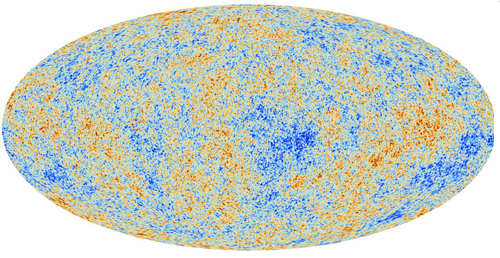It’s not unusual to come across a person who has shaved a few years off their true age. But it appears that the universe itself may be older than we though: around 50 million years older to be precise.
The revelation comes from data collected over the past 15 months from the European Space Agency’s Planck space telescope. It’s located in the L2 Lagrangian point, which means that it has a relative position and orbit rate that means the Earth will always lie between Planck and the sun. That gives it a constant, uninterrupted view of the universe unlike, for example, the Hubble space telescope which is in the Earth’s shadow every 90 minutes.
The telescope’s main role is to track the history of the universe by measuring temperature variations in cosmic microwave background. That’s effectively the background glow of the universe and doesn’t stem from any object such as a star or planet, but rather is thought to be left over from the light at an early stage of the universe’s development.
The theory is that originally light and matter were “coupled” together but split after around 380,000 years. The matter then formed galaxies while the light spread and cooled and is now visible with thermal imaging.
Researchers on the Planck project have now put together the data to produce the heat map pictured above. In principle, it supports a key component of the currently held Big Bang theory, namely that the universe initially expanded at a rate faster than the speed of light.
However, the map also has some key anomolies: the variation in temperature isn’t as wide as expected, there seems to be an unexplained imbalance in the temperatures of the northern and southern hemispheres, and there’s a specific “cold spot” that doesn’t seem to fit predicted patterns.
The data also suggests the universe isn’t expanding as quickly as previously though. Working backwards, that suggests the universe is actually around 13.82 billion years old, compared with previous estimates of 13.77 billion years.
Another change suggested by the data is the precise make-up of the universe. It now appears a higher proportion than previously believed consists of “normal” matter (4.9 percent) and dark matter (26.8 percent), while there’s slightly less dark energy (68.3 percent) than once thought.

